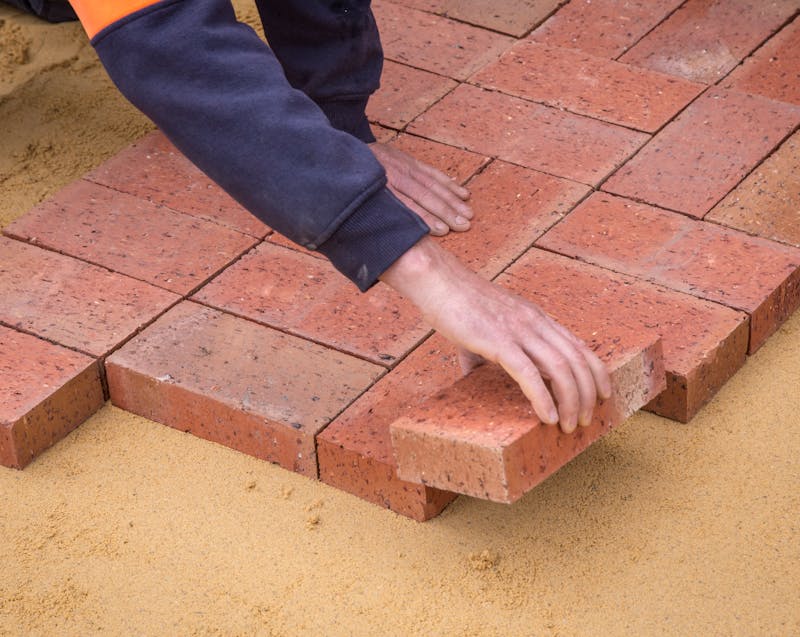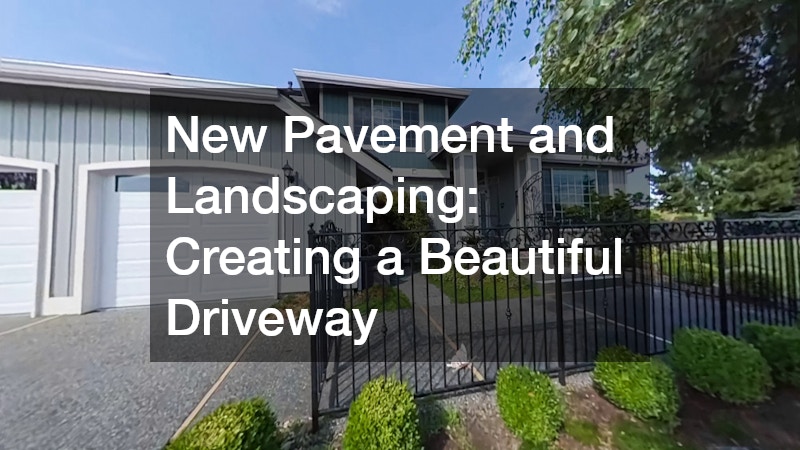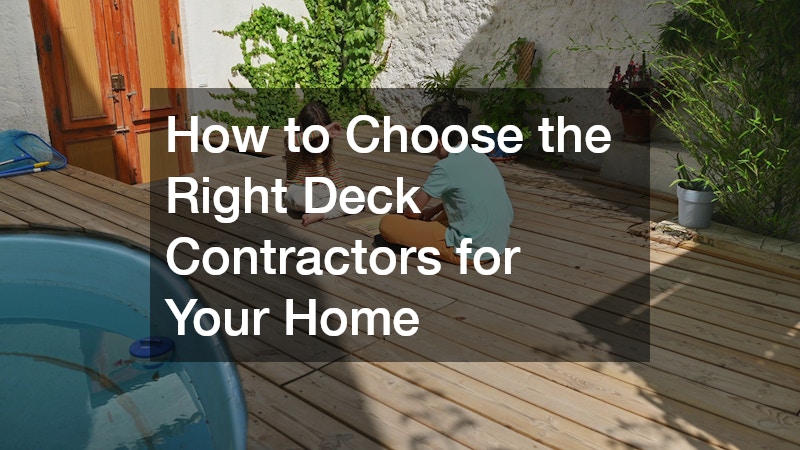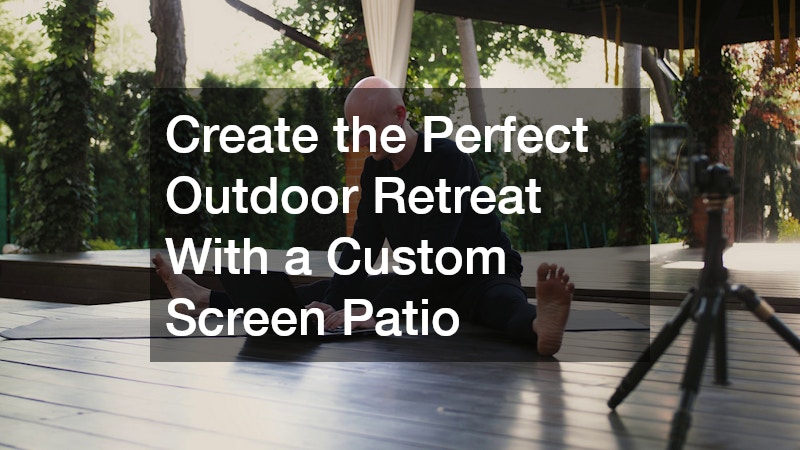- Hardscaping refers to the non-living elements in your yard, such as patios, walkways, and retaining walls.
- It provides structure, functionality, durability, and low-maintenance benefits to outdoor spaces.
- Hardscaping improves curb appeal and can significantly boost property value.
- A balanced mix of hardscaping and landscaping creates both beauty and practicality.
- Popular hardscaping features include patios, decks, walkways, fire pits, and water features.
- Investing in hardscaping helps transform a yard into a long-lasting, enjoyable extension of your home.
Creating an outdoor space that feels both beautiful and functional is every homeowner’s dream. While lush greenery, colorful flowers, and manicured lawns often steal the spotlight, the design elements that bring structure and balance to a yard are equally important. That’s where hardscaping comes in. From patios and walkways to retaining walls and fire pits, hardscaping provides the foundation that ties your landscape together. But what exactly is hardscaping, and why should it matter to you as a homeowner?
This article will break down the essentials of hardscaping, its benefits, and how it can transform your yard into a welcoming, long-lasting retreat.
What Is Hardscaping?
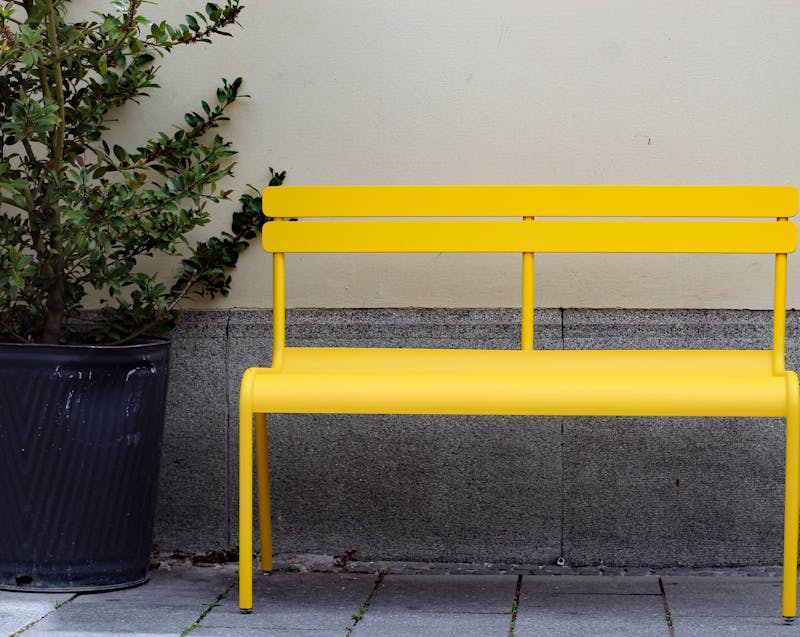
Before diving into the benefits, it’s essential to understand what hardscaping means. Simply put, hardscaping refers to the non-living elements of your outdoor design. These include stone, brick, wood, or concrete features that create pathways, seating areas, retaining walls, patios, or even decorative features like fountains. While plants, trees, and grass make up the “softscaping” side of landscaping, hardscaping serves as the backbone that organizes and supports these natural elements.
Hardscaping is about more than just installing a walkway or a deck—it’s about creating functionality, durability, and style in your outdoor space. When planned well, hardscaping ensures your yard is easy to navigate, prevents erosion, and gives you designated areas to relax or entertain. Essentially, it turns your yard into an extension of your home, combining practicality with design appeal.
Why Is Hardscaping Important for Your Yard?
Your yard is more than just the green space surrounding your home; it’s an opportunity to expand your living area and enjoy nature comfortably. Hardscaping plays a crucial role in making this possible. Without it, your yard may look incomplete, lack structure, or suffer from issues like drainage problems and uneven surfaces.
Hardscaping is important because it provides:
- Structure and organization – It defines spaces, such as separating a dining area from a garden bed.
- Functionality – Walkways, patios, and decks make your yard easy to use and more enjoyable.
- Low maintenance – Unlike grass or plants, stone and wood structures require minimal upkeep.
- Durability – Hardscape features can withstand weather, foot traffic, and time far better than plants alone.
When combined strategically with greenery, hardscaping creates a balanced and attractive yard that feels intentional rather than cluttered.
How Does Hardscaping Improve Curb Appeal and Value?
If you’re considering selling your home or simply want to boost its appearance, hardscaping can make a significant difference. First impressions matter, and a thoughtfully designed yard signals care, functionality, and style. A cracked driveway or a muddy yard can turn off potential buyers, while a well-paved walkway or a beautiful patio invites them in.
Studies show that outdoor improvements, especially those that include hardscaping, often yield a strong return on investment. Patios, stone pathways, retaining walls, and outdoor kitchens not only enhance usability but also increase resale value. By creating outdoor living spaces that feel like natural extensions of the home, hardscaping boosts both day-to-day enjoyment and long-term financial gain.
In short, investing in hardscaping is not just about today—it’s about building a property that continues to provide value well into the future.
Balancing Hardscaping and Landscaping for a Perfect Yard
A common question homeowners ask is: Should hardscaping or landscaping take priority? The truth is that one cannot fully succeed without the other. While hardscaping provides structure and durability, landscaping adds life and softness to balance out the stone, brick, or concrete.
For example:
- A stone patio looks more inviting when framed by flower beds.
- A walkway lined with shrubs or low-maintenance plants creates a natural flow.
- A retaining wall can be softened with vines or ornamental grasses.
Striking the right balance between hardscaping and landscaping ensures that your outdoor space feels both warm and practical. Too much hardscaping can make your yard feel stark or unwelcoming, while too much landscaping may result in high maintenance or a lack of structure. The best approach is a harmonious mix that reflects your lifestyle and aesthetic preferences.
What Are the Most Popular Hardscaping Features for Homeowners?
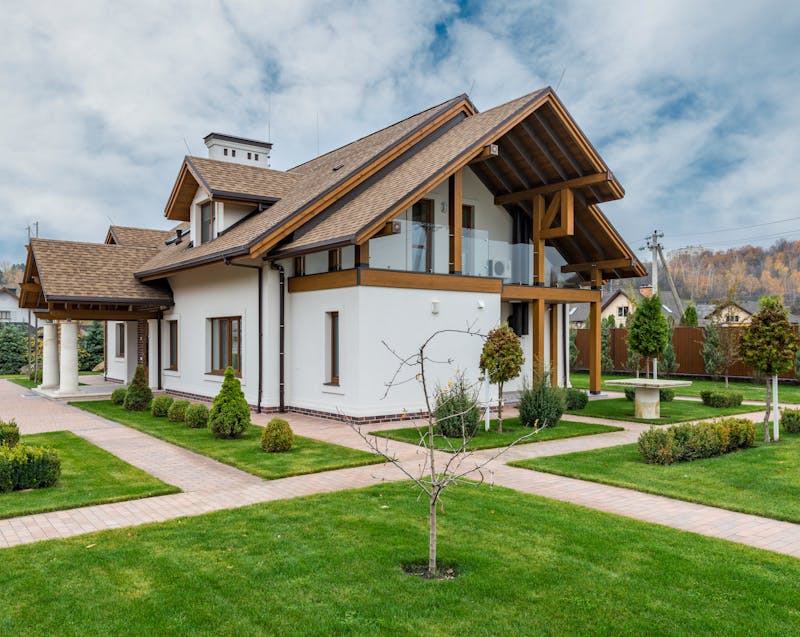
When thinking about adding hardscaping to your yard, you’ll find a wide range of options. Here are some of the most common and practical choices that homeowners love:
- Patios and decks – Perfect for dining, lounging, or entertaining outdoors.
- Walkways and driveways – Provide safe, clean, and attractive pathways through your yard.
- Retaining walls – Prevent soil erosion while adding texture and depth.
- Outdoor kitchens and fire pits – Create functional gathering spaces for friends and family.
- Water features – Fountains, ponds, or waterfalls add beauty and tranquility.
- Fences and pergolas – Offer privacy, shade, and architectural appeal.
By mixing and matching these features, you can design a space that not only meets your needs but also reflects your personality.
Final Thoughts: Why Homeowners Should Consider Hardscaping
Hardscaping is more than just laying down stone or building a deck—it’s about transforming your yard into a functional, attractive extension of your home. From adding value and curb appeal to improving usability and reducing maintenance, hardscaping offers long-lasting benefits that make it an essential part of outdoor design.
Whether you want a cozy patio for family dinners, a sturdy retaining wall for a sloped yard, or a complete backyard makeover, hardscaping ensures your space remains practical and beautiful year-round. For homeowners, investing in hardscaping is not just about aesthetics—it’s about creating a durable and enjoyable outdoor lifestyle.

